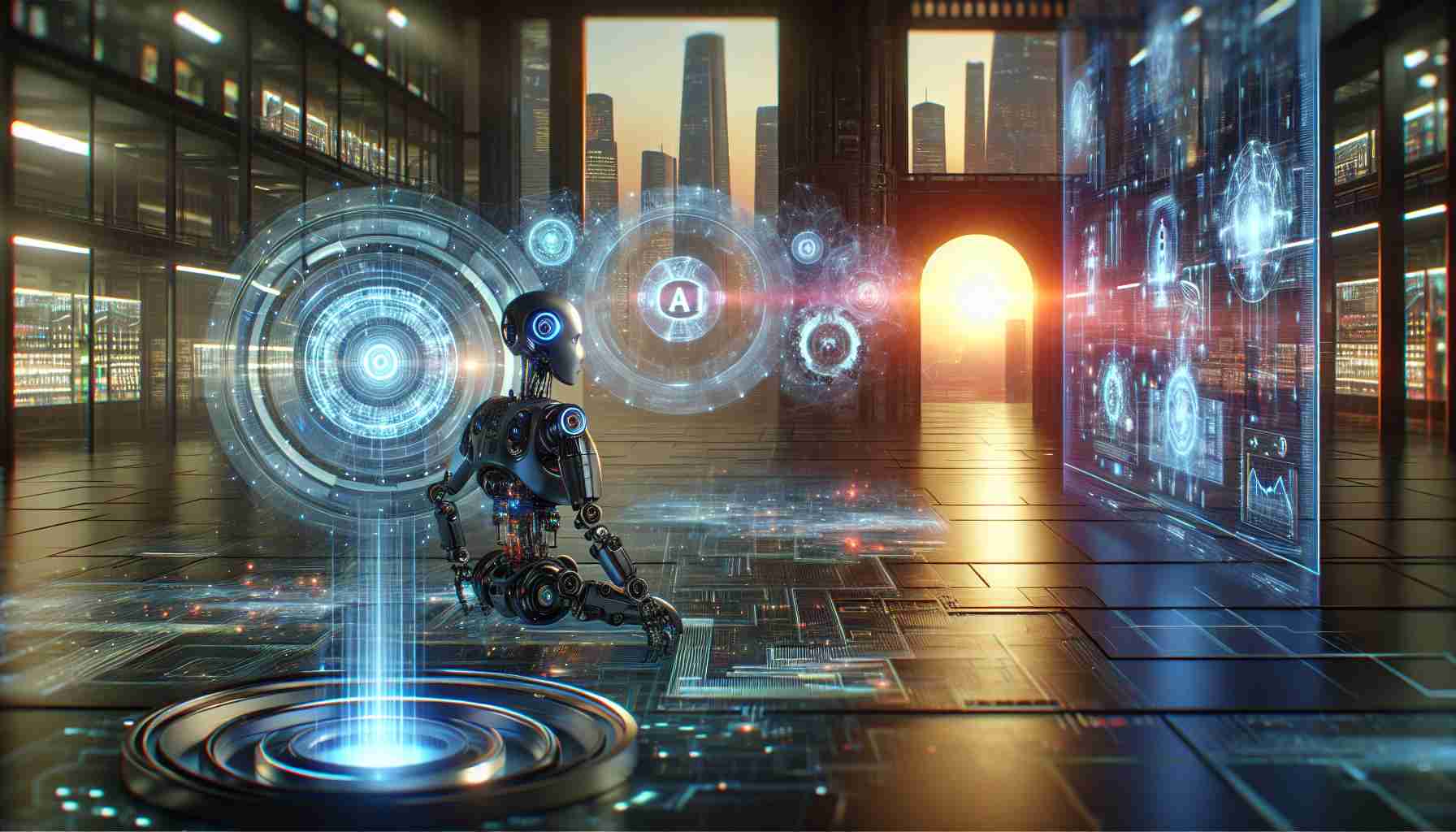Physical Intelligence, a groundbreaking new company, has recently emerged onto the scene with a bold vision: to develop cutting-edge artificial intelligence (AI) technology that will shape both the robots of today and the physically actuated devices of the future. Led by co-founder and CEO Karol Hausman, this innovative startup aims to tackle one of the most challenging and impactful problems facing the field of AI – Physical Intelligence.
As Physical Intelligence sets its sights on developing a universal AI model capable of powering robots and physical devices in various applications, the company has already begun laying the groundwork for its ambitious mission. The team of engineers, scientists, roboticists, and company builders at Physical Intelligence is currently in the early stages of building foundational models and learning algorithms, as highlighted on the company’s website.
What sets Physical Intelligence apart from other players in the field is its focus on creating an AI model with versatility. Rather than limited to repetitive tasks in warehouses or factories, this universal AI model aims to revolutionize multiple applications across different industries. By harnessing the power of AI, Physical Intelligence plans to redefine how robots and physical devices interact with their environments.
To achieve their goals, Physical Intelligence has secured the backing of industry giants such as OpenAI, Khosla Ventures, Lux Capital, Sequoia Capital, and Thrive Capital. These strategic partnerships will provide the company with the necessary resources and expertise to push the boundaries of AI and robotics even further.
Contrary to popular belief, Physical Intelligence will not venture into hardware production. Instead, they will purchase a diverse range of robots to train their groundbreaking software. By working with various robot types, Physical Intelligence aims to create an AI model that can adapt to different physical platforms, exponentially extending the capabilities of these machines.
One of the significant challenges faced by developers in this field is the laborious and costly process of training robots to complete physical tasks. Unlike training AI in language processing, gathering data from the physical world poses unique obstacles. Physical Intelligence recognizes these challenges but remains undeterred as they strive to overcome them and pioneer the next wave of AI advancement.
In the wider scope of the robotics industry, other exciting developments are also taking place. Amazon, for instance, recently revealed an advanced humanoid robot named Digit, which is currently being deployed in their warehouses to move bins autonomously. Additionally, robotics company 1X made headlines earlier this year by raising $100 million in funding to bring their second-generation android, NEO, to market. NEO, a bipedal humanoid, aims to assist consumers with everyday tasks in their homes.
Physical Intelligence’s pursuit of Physical Intelligence aligns with a growing trend of innovative companies actively pushing the boundaries of robotics and AI technologies. Through its visionary approach and strategic partnerships, Physical Intelligence is destined to revolutionize the field, redefining the capabilities of AI-powered robotics.
Frequently Asked Questions:
What is Physical Intelligence?
Physical Intelligence is a cutting-edge company focused on developing artificial intelligence (AI) technology to power robots and physical devices across various applications.
How does Physical Intelligence plan to achieve its goals?
Physical Intelligence aims to develop a universal AI model that can be applied to different physical platforms. Rather than manufacturing hardware, the company will train its software using a diverse range of purchased robots.
Who supports Physical Intelligence?
Physical Intelligence has received backing from prominent entities such as OpenAI, Khosla Ventures, Lux Capital, Sequoia Capital, and Thrive Capital.
What challenges does Physical Intelligence face?
Physical Intelligence, like other developers in the field, must overcome the time-consuming and costly process of training robots to accomplish physical tasks. Gathering data from the physical world presents unique challenges compared to training AI models in language processing.
Original Source: [article URL here]
Physical Intelligence is a groundbreaking company focused on developing AI technology for robots and physical devices. The company aims to create a universal AI model that can be applied to various applications. Instead of manufacturing hardware, Physical Intelligence will train its software using a diverse range of purchased robots. The company has received support from industry giants such as OpenAI, Khosla Ventures, Lux Capital, Sequoia Capital, and Thrive Capital. One of the challenges faced by Physical Intelligence and others in the field is training robots to perform physical tasks, which is a laborious and costly process. Gathering data from the physical world poses unique obstacles.
Definitions:
– Artificial intelligence (AI): Technology that enables machines to mimic human intelligence and perform tasks that typically require human intelligence, such as visual perception, speech recognition, decision-making, and problem-solving.
– Robotics: The interdisciplinary field of science and engineering that involves the design, construction, operation, and use of robots.
– Hardware: The physical components of a computer or other electronic devices.
– Universal AI model: An AI model that can be applied to different types of robots and physical devices.
– Language processing: The ability of a machine to understand and generate human language, including tasks such as speech recognition, natural language understanding, and machine translation.
Related Links:
– OpenAI (OpenAI’s official website)
– Khosla Ventures (Khosla Ventures’ official website)
– Lux Capital (Lux Capital’s official website)
– Sequoia Capital (Sequoia Capital’s official website)
– Thrive Capital (Thrive Capital’s official website)
The source of the article is from the blog tvbzorg.com

